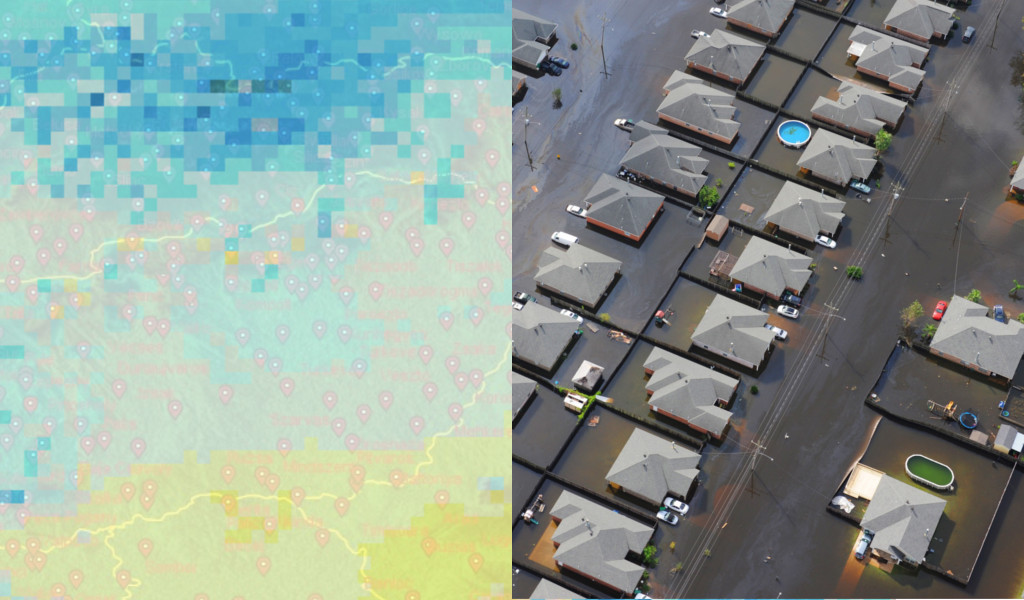 News / Webinars
News / Webinars
Video, summary, and presentations.
The Webinar took place on Monday 12 December 2016 at 10:30 CET Time.
It consisted of two talks:one on the development of a Climate Monitoring Node, and , the second on the use of climate data in the insurance industry
“SEEVCCC experience in providing climate services in South East Europe”
Summary of the First Talk
Dr Vladimir Djurdjevic, from the South East European Virtual Climate Change Center (SEEVCCC, Serbia), presented the main activities and products developed by the SEEVCCC, which include the development of a Climate Monitoring Node with monthly and daily data used to prepare monthly analyses of precipitation and temperature anomalies of the previous months, a climate monitoring specific for the region. Other activities include the downscaling of the European Centre for Medium-Range Weather Forecasts (ECMWF) long-range forecasts using regional coupled models, the participation in the preparation of the WMO Climate Watch System (providing a Climate Watch Advisory for South East Europe), and the preparation of the South East European Climate Outlook Forum (SEECOF) and Mediterranean Climate Outlook Forum (MEDCOF) activities. The centre also produces seasonal forecast information for the agriculture sector that can be used, for example, in the calculation of agricultural indices or as input for crop modelling. Other initiatives include the CARPATCLIM project, which produces a high-resolution gridded climatology for the Carpathian region, and the production of information that governments can use to prepare documents for the United Nations Framework Convention on Climate Change (UNFCCC) or for impact studies. At the end of the talk, the presenter listed the main barriers faced by users in the application of seasonal predictions, which have a lot to do with the lack of communication and the difficulties to match the user expectations in terms of climate information.
Question to the first talk were:
- Are there sufficient people that can provide the right products? Are commercial providers able to do that?
- Do you work together with neighbouring countries to provide information of future forecasts?
- You mentioned some barriers in your talk. Are these barriers defined according to your personal experience or are there based on formal studies?
- Is there a specific reason for people to prefer climate projections rather than seasonal predictions?
“Use of climate data and information in the insurance industry”
Summary of the Second Talk
In the second talk, Dr. Tom Philp, from the company XLCatlin (Ireland), explained that historical climate data is widely used within the insurance industry. There are many different actors with various levels of technical expertise, meaning that there is a lot of variation in the way they understand uncertainty of scientific data. Tom described the chain of information within traditional re/insurers and pointed at the need of standards and peer review for the catastrophe modelling chain. Otherwise, it is difficult to say if the methods used by the insurance sector are appropriate enough. Concerning the much-needed linkages to academia, he talked about the rise of Oasis (a loss modelling framework) and explained that although open source modelling exists in the horizon, scientists producing stochastic hazard sets need to be interacting with vulnerability/damage expertise if they want to see uptake of these sets by the industry. One of the barriers for the uptake of climate projections and predictions is limited by the mismatch between insurance desires and current scientific practice. The insurance industry is focused on perils that cause big losses (e.g. hurricanes, tornados, hail…), and the sector still has not learned how to employ the output of these simulations, together with their inherent uncertainty, and translate that information into a product. He finished the talk saying that although the worldwide non-life insurance market is dominated by Western Europe and North America, the rapid growth regions tend to be in the developing world, particularly in emerging Asia.
Questions to the second talk:
- Which type of historical data is used in the insurance sector?
- Are the current impact models (used to calculate damage) more limiting than the available climate data?
- How are climate predictions used by the insurance industry? Are these predictions used to see
what could happen in the near future or are they used to get a better idea of the weather
variability and therefore predict the frequency of extreme events? - Is there any interest in the insurance sector to know which part of the extreme events is due to
human causes (the attribution problem)? - One of the limitations regarding the use of climate projections is spatial resolution. Which
resolution does the insurance sector need?
Watch the full video of the webinar
